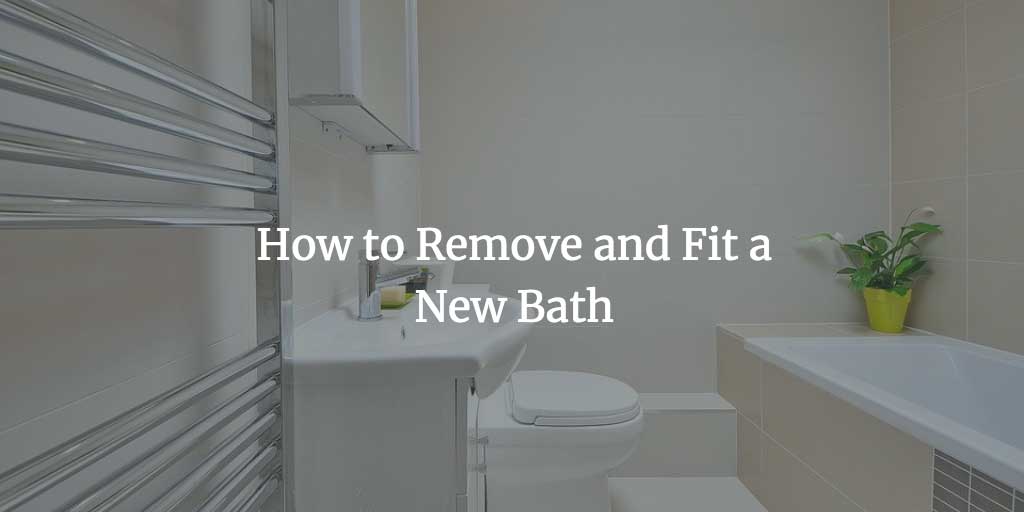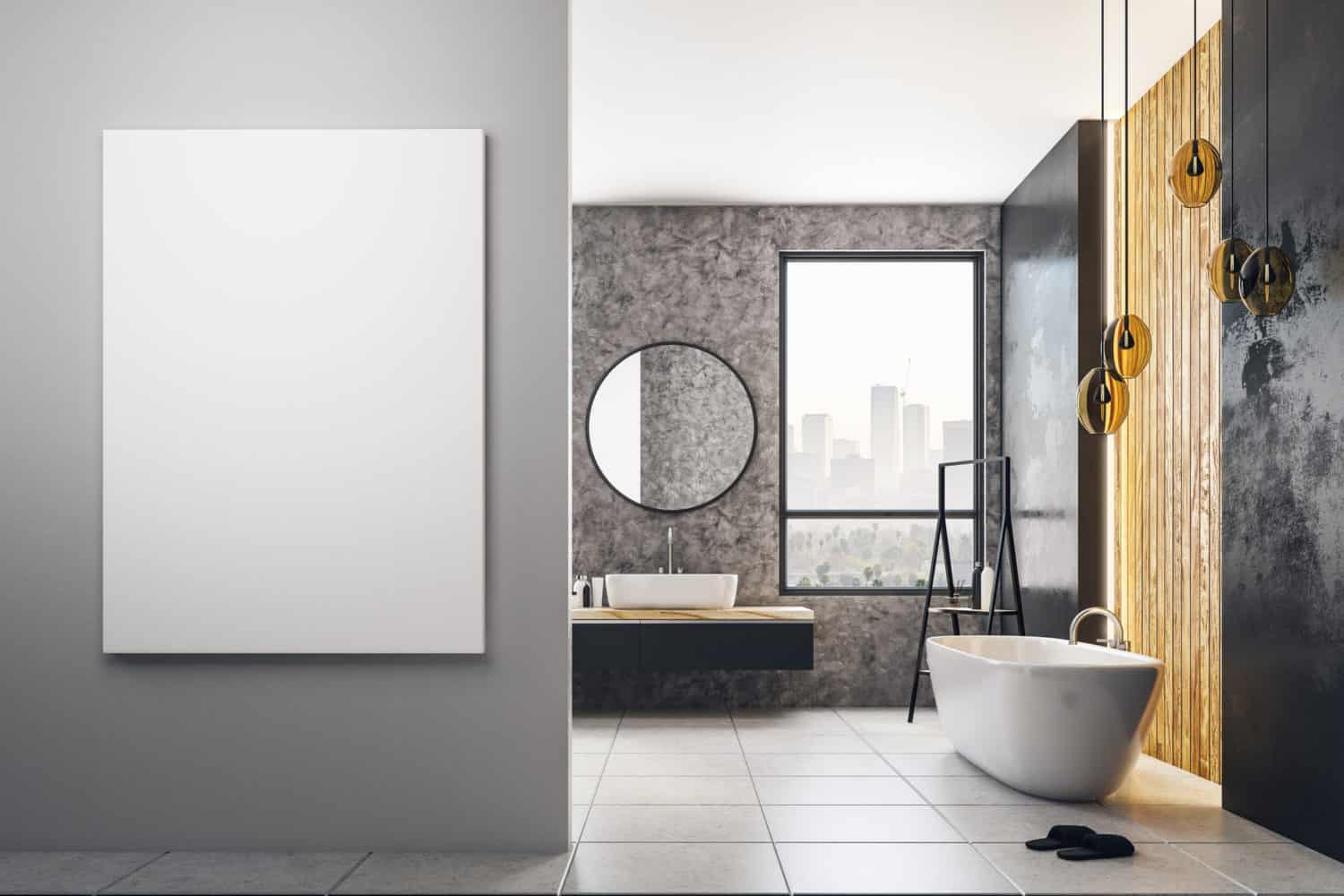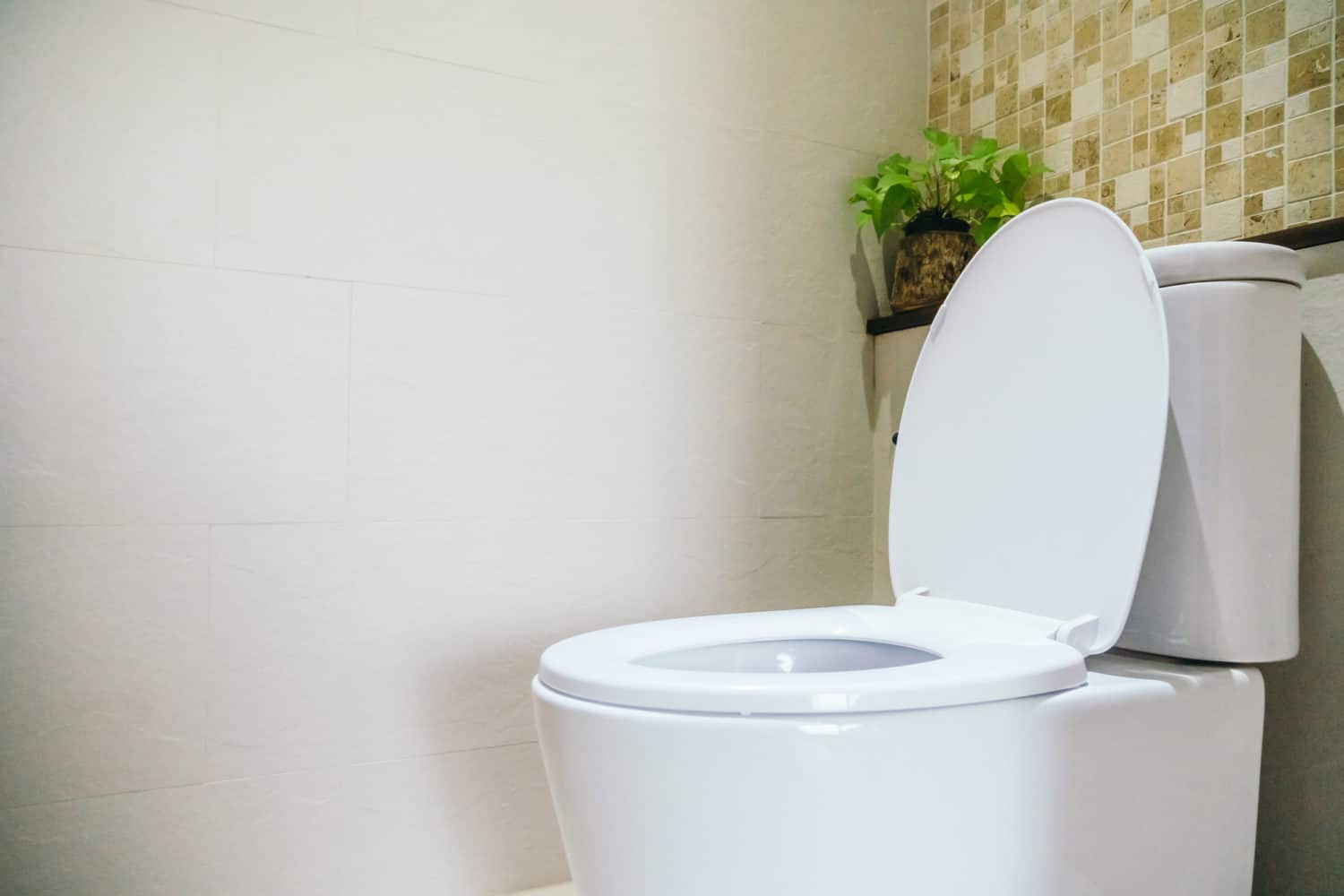Bathtubs are always known to offer comfort when taking a bath. Many people are used to taking a shower in bathtubs rather than showers. As a result, bathtubs are prone to damage of many different types.
They are easily worn out, scratched and stained over a long period of usage. This has led to the development of different companies mandated with replacing old bathtubs with new ones.
During the process of bath replacement, there are many aspects that should be considered to ensure successful work. There are also rules and safety regulations that should be observed to ensure the successful replacement of the bathtub.
These regulations provide a framework of ensuring the work done follows the due process and does not become an environmental hazard. These regulations include putting isolation valves between the hot water tap and the cold water tap. This will work to ensure the water does not interfere with the plumbing process and the water is not shut down on the main pipes.
Lead pipes should be replaced with copper or plastic pipes since they do not react with water. This is a major and important regulation when undertaking the replacement of a bathtub.
During plumbing, the plumber should ensure the pipes are bonded to enable the proper and good earth of the pipes. The waste pipes should be properly piped and the drainage should be sloppy to ensure easy flow drained water. Finally, the plumber should follow the manufacturer’s instructions when replacing a bathtub.
These regulations should be put in practice to ensure proper utilization of all aspects in dealing with successfully with installing the bathtub. During the removal and fitting of a new bathtub, there are procedures followed to ensure successful plumbing process and fixing of the bathtub.
Contents
Prepare All The Necessary Amenities
The first step towards the successful fitting of a new bathtub is measuring the size of the old bathtub. These measurements will guide the plumber in choosing the desired tub. These measurements will ensure that the new tub fits easily and replacing process is made easier.
After successfully removing the old tub, it is important to buy new tiles that will be used in fixing the new bathtub. It is also advisable to change the tiles that may be damaged and maintain the ones that are still in good condition. It is very important to protect the entire new bathtub during installation for it to stay for a long time. To protect the old tub from damages, a plastic trap is put on the ground where the tub will be placed after removal.
Removal of Old Bathtub
During the process of removal, it is very important to understand that the tub is a very delicate component that can be broken anytime. This process involves unscrewing the nuts to remove the overflow cover plate. This plate comes out independently from the outer main frame of the bathtub. The removal of the overflow cover plate is accompanied by the removal of other attached drainage system.
This process also involves disconnecting the drain by carefully removing the strainer using a screwdriver. The plumber is now tasked with disconnecting the overflow unit with the waste drainage pipe. This process ensures a complete disconnection of the waste drainage pipe with the overflow unit making it easier to carry them separately.
Another important process is the removal of almost 8 inches of the surrounding wall surface. This is done through easy and proper removal of the surrounding tiles to ensure the old tub remains free. The plumber is tasked with the process of using a chisel to easily remove the cement of the drywalls. Finally, steadily remove the tub from the wall by separating the tub from the wall using a crowbar.
If you are remodeling your bathroom, check out our post on how to vent a bathroom fan through the wall as well.
Preparation of a New Place to Put the New Tub
The plumber should ensure all the procedure is followed during the installation of the new tub. This is usually reduced work since the plumber is given a guide book on how to follow instructions from the manufacturer during installation. At this place, it is paramount to ensure the drain and waste-overflow- unit is put in place correctly.
The plumber should then fit the overflow tube permanently to the new tub. After all, this is done, the plumber should carefully move the new bathtub to its new position and screw the tub onto the wall to permanently fit in its new position. Finally connecting the drain line and ensuring that waste passes easily without any leakages.
If you need a new toilet as well as a new tub, read my post on the best flushing toilet.



